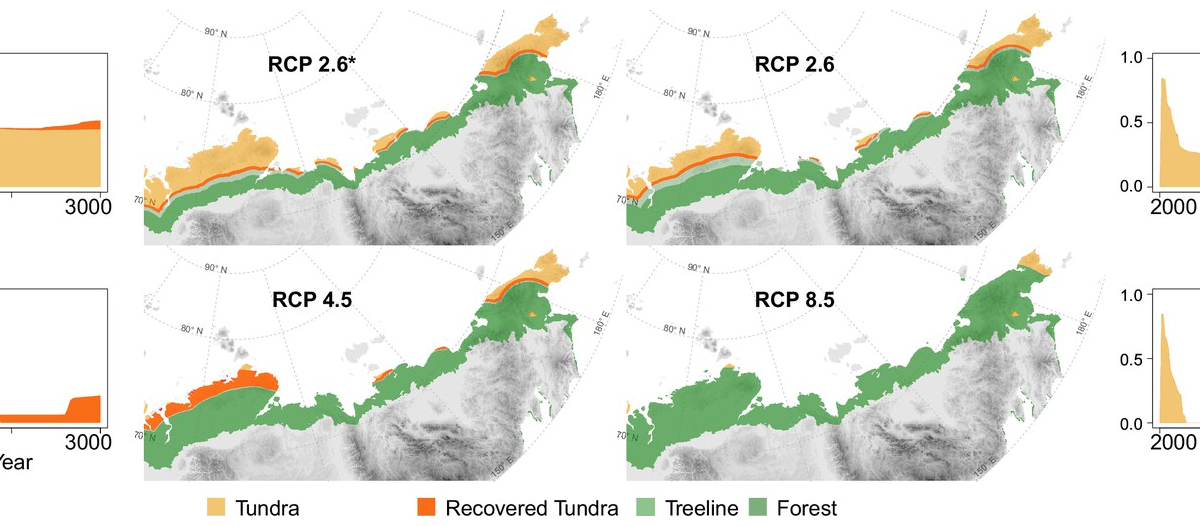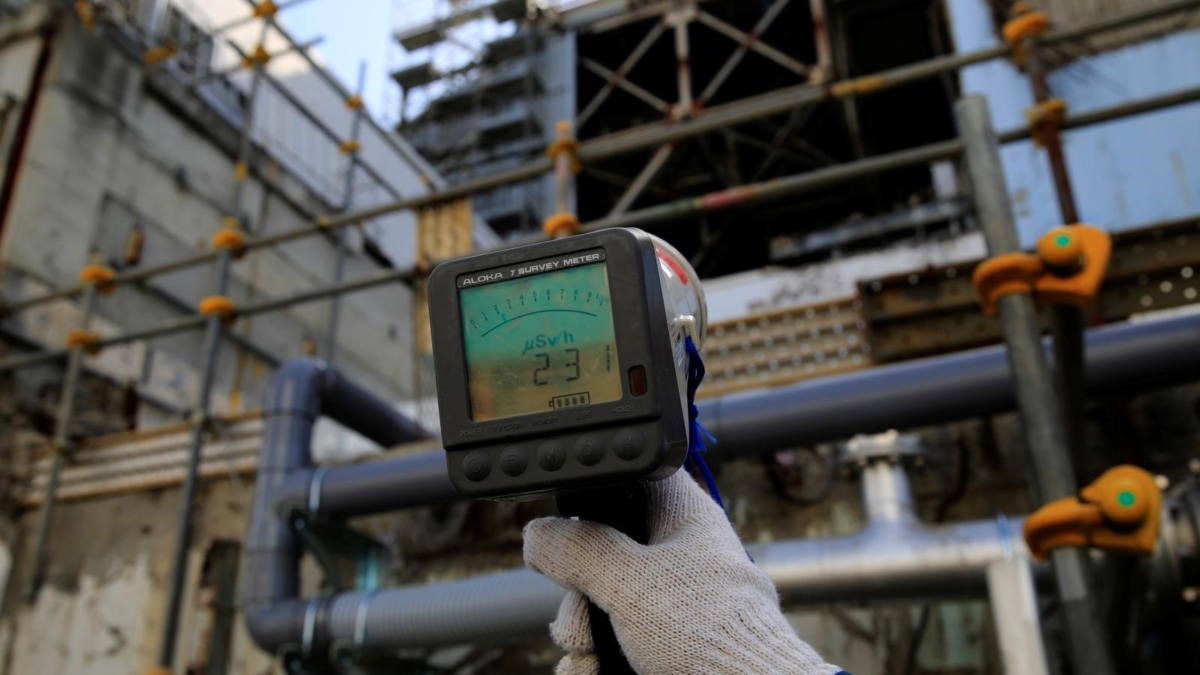Great Barrier Reef outlook downgraded to “very poor” as threats mount – “We’ve had ten years of warnings, ten years of rising greenhouse emissions, and ten years watching the Reef heading for a catastrophe”
By Peter Hannam
30 August 2019
(The Sydney Morning Herald) – The Great Barrier Reef is at “a critical point” with the marine park’s outlook downgraded on Friday from “poor” to “very poor” due to coral bleaching and deforestation.
Climate change resulting in rising sea temperatures was blamed in the federal government’s five-year Great Barrier Reef Outlook Report 2019 highlighting the most significant threats to the reef.
“The current rate of global warming will not allow the maintenance of a healthy reef for future generations,” the report said. “Everything possible should be done to create recovery windows.”
The Great Barrier Reef Marine Park Authority’s chiefs said management efforts would reduce some pressures and the sheer size of the reef means it remains “an extraordinary experience for visitors”.
“It is important not to lose optimism by thinking the job is too big, or to think that a changed reef is far in the future – actions taken now will matter,” the report said.
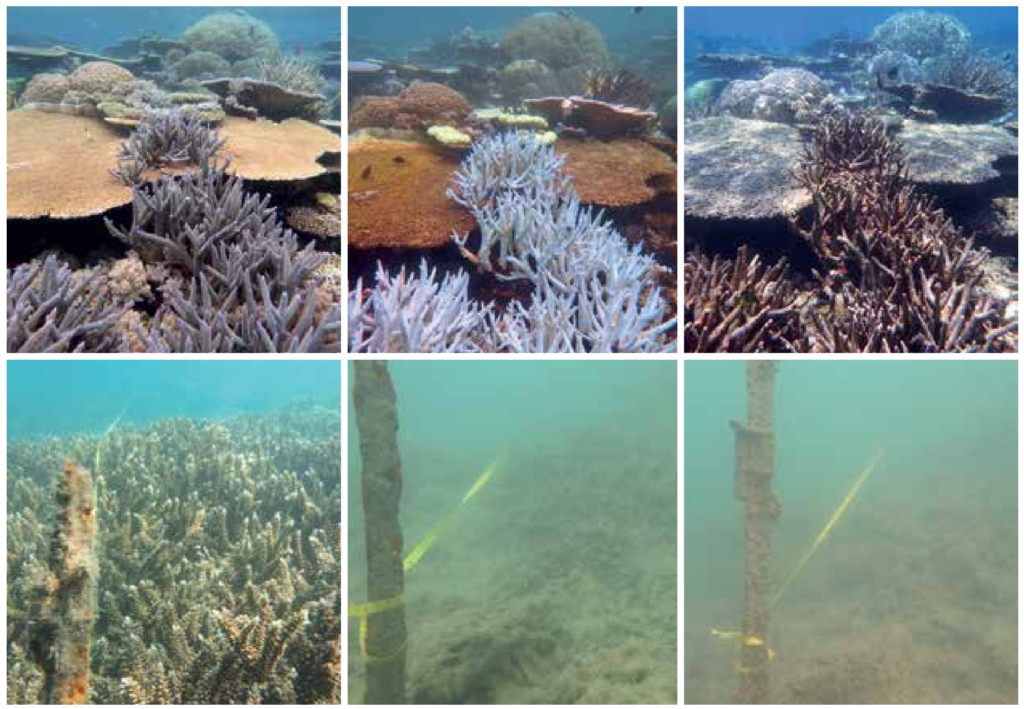
Back-to-back mass bleaching in the summers of 2016 and 2017 resulted in the deaths of about half the corals amid marine heatwaves. At certain temperatures, stressed corals expel the algae that give them most of their energy and colour, turning them pale and often killing them.
“Gradual sea temperature increase and extremes, such as marine heat waves, are the most immediate threats to the reef as a whole and pose the highest risk,” the authority’s chief scientist David Wachenfeld said in a statement. “Global action on climate change is critical.” […]
The report came hours after the Morrison government released the latest national greenhouse gas emissions data that show emissions for the 12 months to March had exceeded those of any year since the 2012-13 financial year. […]
Separately, the inshore reef scored a “D” for overall condition, according to the annual Reef Report Card – released on Friday by the federal and Queensland governments. The score is based on the state of coral, seagrass and water quality, and matches the rating for seven of the past eight reports. [more]
Great Barrier Reef outlook downgraded to ‘very poor’ as threats mount

Australia’s Great Barrier Reef in “very poor” condition: government agency
By Paulina Duran; Editing by Robert Birsel
30 August 2019
SYDNEY (Reuters) – Australia’s Great Barrier Reef is in very poor condition because of climate change, over fishing and land clearing, a state agency said on Friday, as it downgraded the reef’s status to the lowest level, which could jeopardise its World Heritage status.
The Great Barrier Reef Marine Park Authority (GBRMPA) said the health of the world’s largest coral reef system, off the northeast coast of the Queensland state, had deteriorated since its last review, in 2014, but the problems the reef faces were not insurmountable.
“This report draws attention to the fact that the outlook for the Great Barrier Reef, the long term outlook, is very poor- that’s largely driven by climate change,” GBRMPA’s Chief Scientists David Wachenfeld told reporters in Sydney.
“Despite that, with the right mix of local actions to improve the resilience of the system and global actions to tackle climate change in the strongest and fastest way possible, we can turn that around.”
The report, which is compiled every five years, painted a deteriorating picture of widespread coral bleaching, habitat loss and degradation caused by human-induced climate change, overfishing, poor water quality, and coastal land clearing for grazing. […]
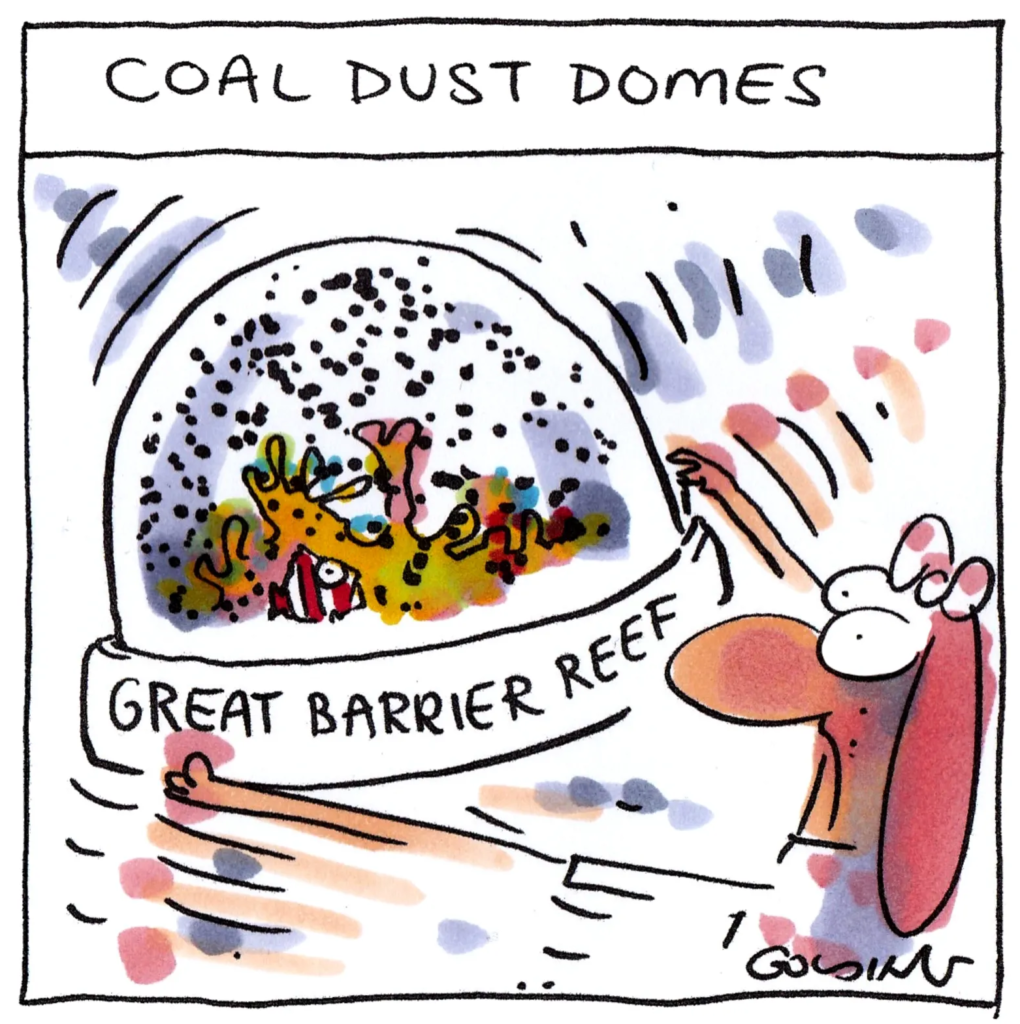
“The Great Barrier Reef is one of the globe’s most famous World Heritage Areas yet the report finds that its integrity is challenged and deteriorating,” environmentalist group Australian Marine Conservation Society said in a statement.
“This is now the third Outlook Report. We’ve had ten years of warnings, ten years of rising greenhouse emissions and ten years watching the Reef heading for a catastrophe,” said the group’s director of strategy, Imogen Zethoven. [more]
Australia’s Great Barrier Reef in ‘very poor’ condition: government agency
Great Barrier Reef Outlook Report 2019
30 August 2019 (Great Barrier Reef Marine Park Authority) – Every five years, we publish an Outlook Report that examines the Great Barrier Reef’s health, pressures, and likely future. We also produce an in brief summary of the report.
The report is required under Great Barrier Reef Marine Park Act 1975 (section 54) and aims to provide a regular and reliable means of assessing reef health and management in an accountable and transparent way.
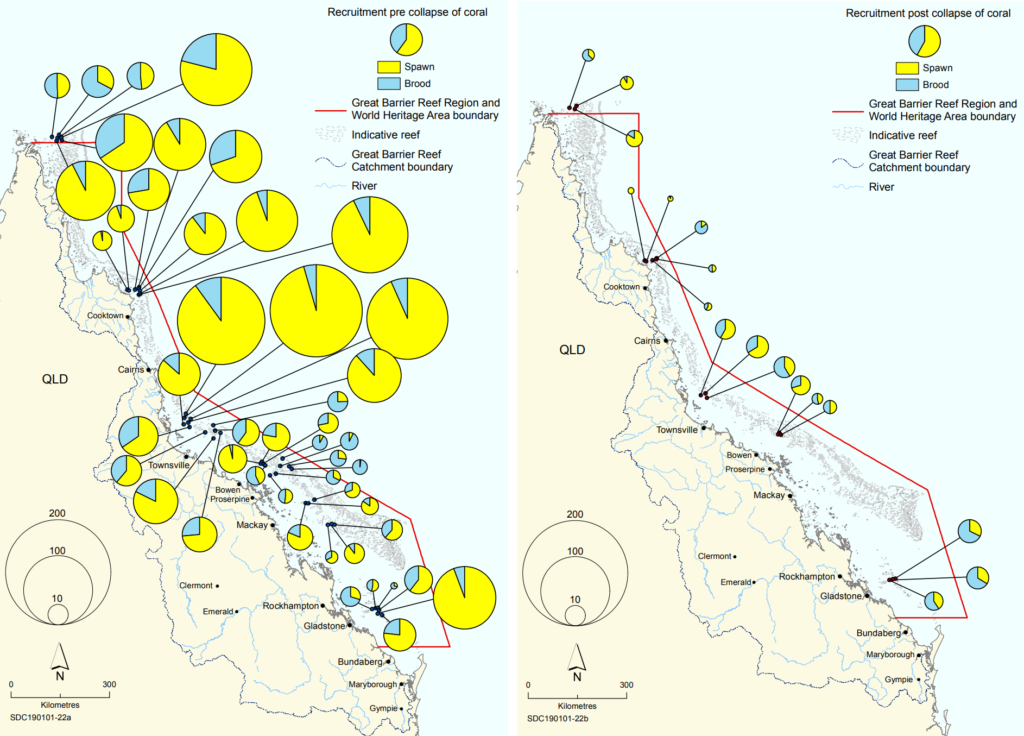
The 2019 report is the third comprehensive report in the series, and identifies the Great Barrier Reef Region still faces significant pressures ranging in scale from local to global.
The report finds the greatest threat to the Reef is still climate change. The other main threats are associated with coastal development, land-based run-off, and direct human use (such as illegal fishing).
Since 2014, management initiatives and local actions have demonstrated positive outcomes for less complex and small scale activities, such as ports management and tourism.
However, achieving outcomes on the ground continues to be difficult for complex and spatially broad threats, such as climate change and land-based run-off.
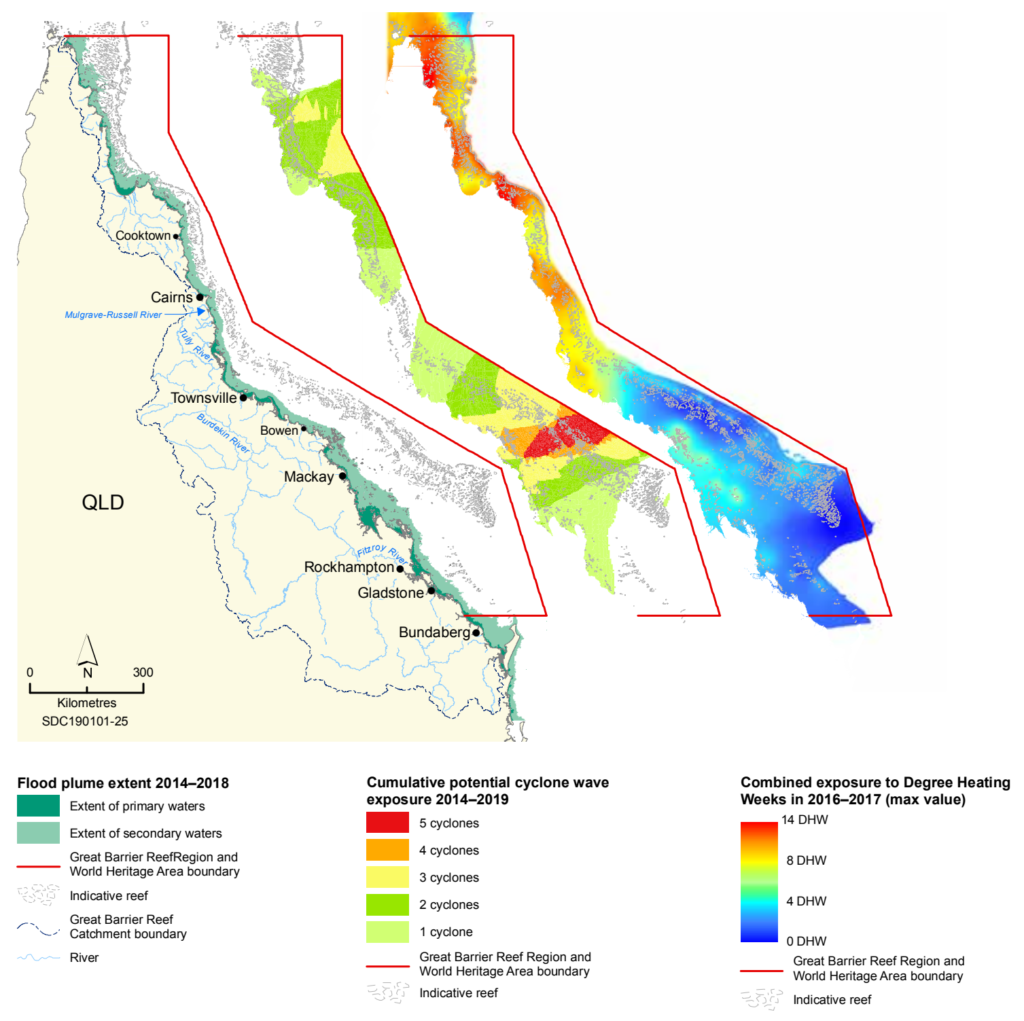
Significant global action to address climate change is critical to slowing the deterioration of the Reef’s ecosystem and heritage values and supporting recovery. Such actions will complement and greatly increase the effectiveness of local management actions in the Reef and its catchment.
The Reef 2050 Long-Term Sustainability Plan and the Great Barrier Reef Blueprint for Resilience outline key management actions being taken to reduce threats to the Reef.

